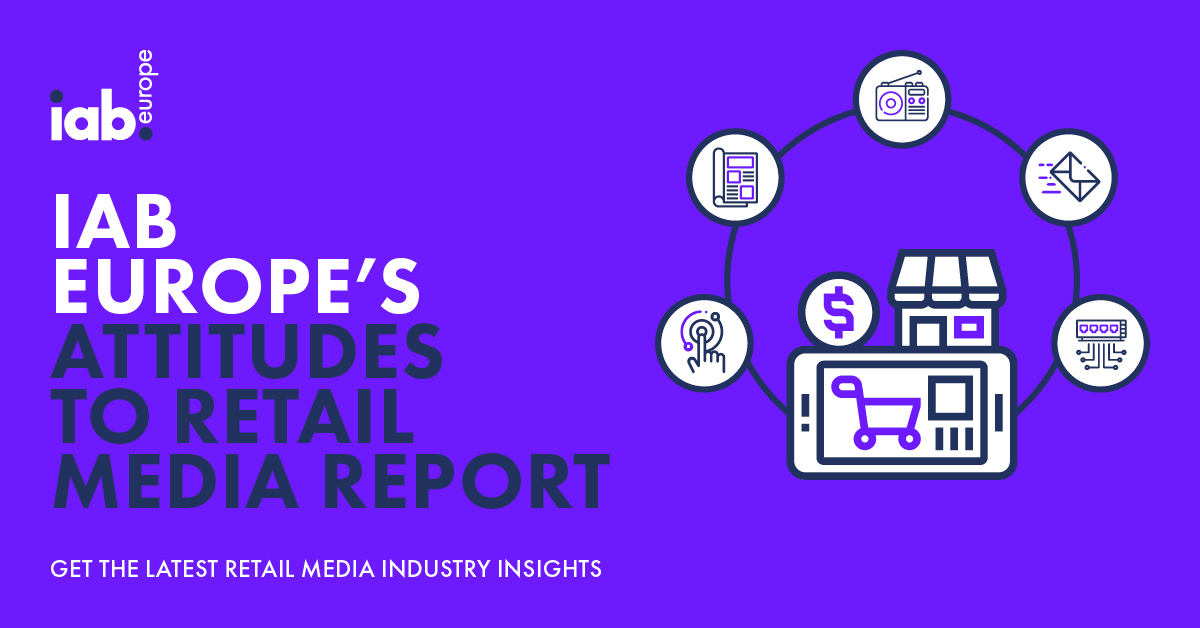Graham Halling, Director of Consulting, Bench explains the way ahead for headless commerce and why the e in ecommerce now stands for everywhere.
The way consumers shop has changed forever and continues to evolve. Where once transactional relationships were built around products and services, physical stores and the point-of-sale, those interactions and relationships are increasingly defined by customer experience across a variety of channels – web, social, mobile, in-store, IoT-influences and many more. Delivering exceptional and seamless ‘shoppable’ experiences through fast and reliable platforms is increasingly the measure by which businesses judge performance and direction-of-travel.
The extent to which businesses are moving to more customer-centric proposition and commerce strategies and functionality drives a need for flexibility across customer-facing environments. This places genuine strain in cost and effort terms where continuous improvement or adjustment of front-end platforms becomes a key part of that strategy. To answer this new reality, we’re seeing the increasing adoption of so-called ‘headless commerce’ solutions.
Many of the retail organisations I work with are keenly-focused on innovation and the evolution of ecommerce experience. As is so often the case in the digital world, disruptive technologies and ‘new wave’ thinking often dominate their agenda and for some time now, no discussion I’ve had concerning ecommerce has been complete without a fairly robust debate around the merits and implications of ‘headless commerce’. What does it do for customer experience? Is it the key to enabling agile marketing? Does it accelerate personalisation? What are the implications for IT and ways of working? Etc.
My initial response is always to establish what their understanding is of what is meant by ‘headless commerce’, how it is different to what they currently do and where and in what context they have heard it might help them in achieving their ecommerce goals.
So let’s have that conversation here; what do we mean by ‘headless commerce’ and how is it different to traditional ecommerce?
Headless ecommerce describes a platform or solution that removes the need to define the perfect front-end by simply not having one. So, the front-end is decoupled, or removed entirely from the back-end which means there is no pre-defined user experience dictated by the ecommerce platform and within which your customer experience online needs to exist. Consequently, you have the freedom to develop any and all the front-end user experiences you desire, connected to the complicated ecommerce functionalities from the back-end via a RESTful API (A REST API defines a set of functions which developers can perform requests and receive responses via HTTP protocol such as GET and POST).
Whether you are a very large business with complex operations and ordering processes requiring a multitude of integrations or a disruptive start-up trying to introduce a genuinely unique buying experience that has never been contemplated before and needs to be developed in the best possible way, a headless ecommerce platform should be on your agenda. To be competitive in today’s fast-moving connected marketplace, a flexible architecture that responds to your business’ changing needs and your customers’ evolving behaviour without continual re-platforming and developer resource and investment is very probably the next stage in your digital roadmap.
HEADLESS VS TRADITIONAL ECOMMERCE
So, what are the key differences between headless ecommerce and traditional ecommerce solutions?
Headless ecommerce does not limit front-end developers. With a traditional ecommerce platform, front-end developers are constrained to the front-end design and process that is created by the solution. If they wanted to change the data or the experience, they’d need to change the database, the code and the front-end, making even the smallest change a large business risk. By not having a defined front-end, headless ecommerce allows front-end developers to create a completely catered and unique user experience that fits exactly what the business needs, without worrying about modifying the database.
Headless ecommerce offers almost limitless customisation and personalisation. Traditional ecommerce platforms come with a predefined experience for both an end user, as well as an administrative user. Headless ecommerce allows businesses to define the exact experience they want, for both buyers and administrative users.
Headless ecommerce improves your time-to-value. No matter your ecommerce platform, back-end business logic, functionality and capabilities usually comprise up to 85% of a software development process. With a headless commerce platform, you are starting from the point of completion which allows you to focus on the user experience and deliver a final solution for far less cost, time and effort.
What is the impact on customer experience? Broadly, headless ecommerce meets the challenges presented by customers’ increasingly unpredictable and convenience-driven path-to-purchase. The ability to move beyond the traditional shopping cart and checkout by embedding shopping features in a vast range of digital experiences – banner ads, social media, videos, look books, in-home smart assistants and more. This not only helps establish a much more personal connection with customers, but also allows you to monetise those experiences in environments that aren’t as strictly commercial as physical or digital stores.
Consumers increasingly want to buy from brands which understand their personal needs and demonstrate this across all touchpoints, without needing to re-direct them to further transactional environments. A back-end ecommerce system knows exactly what a customer has bought no matter how they made their purchases and uses that knowledge to fuel the personalisation engines that increasingly power the content management system (CMS), mobile applications, social channels and newly available interactive in-store customer experiences with custom offers and services made specifically for that customer. Traditional and digital marketing teams can design innovative customer experiences to test and deploy without disrupting the back-end and without requiring an army of software developers and months of time, meaning that time-to-market and rate of adoption become less obstructive.
TRULY AGILE MARKETING
Separating front-end CMS systems from back-end ecommerce in this way goes a long way towards giving Marketing back the keys to the car. Having the relatively unfettered ability to rapidly roll out multiple sites across brands, geographies, divisions and portfolios within relatively non-technical boundaries and low-cost developmental barriers defines the very nature of modern, customer-centric marketing. For example, when entering a new geography, a new site can be set up in days, not months. A new subscription proposition which allows ‘choice’ from a range of existing products can be tested without the creation of complex new service environments. Companies just have to theme the CMS once and it takes care of all the publishing. This allows you to dynamically alter strategies based on market opportunities and trends.
When designing new customer experiences, a headless commerce system can support new technologies as they arise and new customer behaviours as they relate to channels and touchpoints, re-purposing content for newly surfaced customer experiences and increasingly making available the right content in the right context, the very foundation of personalisation.
For companies with complex content and customer requirements (and this increasingly describes frankly any business committed to customer experience as a measure of success), headless ecommerce presents an unprecedented opportunity to deliver consistent, personalised, and innovative customer experiences fast. With all consumer-facing businesses seeking to understand the impact of and how to incorporate emerging touchpoint technologies from the Internet of Things to bots to wearables, headless ecommerce is really the only way to future-proof a brand’s transactional relationship with its customers and their always-on experience.
Consumers expect to transact with brands anywhere and at any time (the ‘e’ in ecommerce really does now mean ‘everywhere’) and they expect top brands to know who they are no matter how they interact.
Headless ecommerce is most certainly here to stay and as I hope the above has gone some way to de-mystifying what is ultimately a natural evolutionary progression. As my advice has been to all my clients: Make sure that you’re ready for what is coming and don’t risk compromising your customer experiences by making do with, changing or continuing to modify your traditional ecommerce system to keep up with the pace of change. A solution where the content management system is decoupled from the ecommerce system will liberate your IT and Marketing functions and go a long way to overcoming many of the misalignment that often exists between them.
As a welcome new element of my wider digital transformation mantra, headless ecommerce makes redundant functional overlap with the CMS providing the entire customer experience and the ecommerce system providing the transactional, merchandising and back-end information needed for cross-border currency and tax regimes. Clear separation of roles and responsibilities promotes and fosters consistency and speed on both ends. Genuinely, the best of both worlds.
The following guest article has been written for InternetRetailing by Graham Halling, Director of Consulting for Bench, an expert consultancy, specialising in the selection, implementation, integration and optimisation of data, analytical and marketing technology. Bench offers completely impartial, high value consulting, software acquisition and talent management solutions for clients, helping them to deliver practical application of technology, rapidly drive value and accelerate change at every stage of their digital journey.
www.linkedin.com/in/grahamhalling
www.mybench.co.uk




